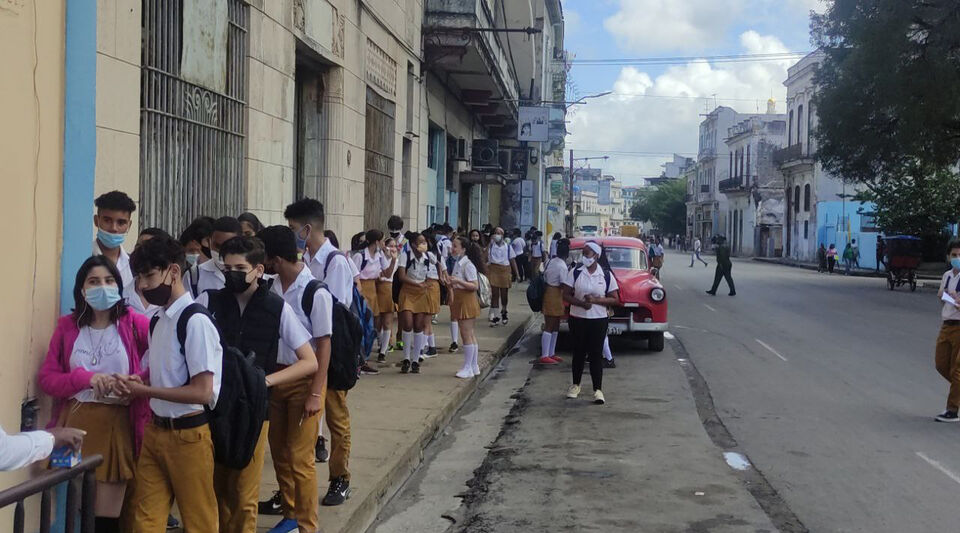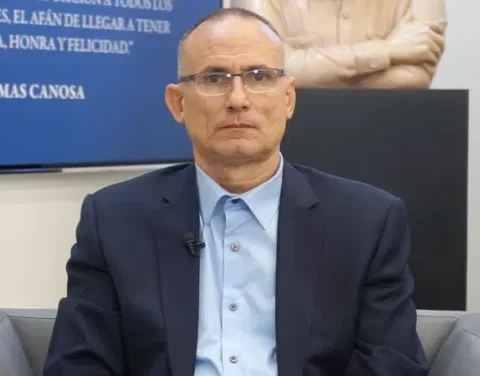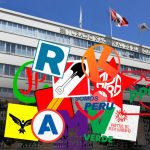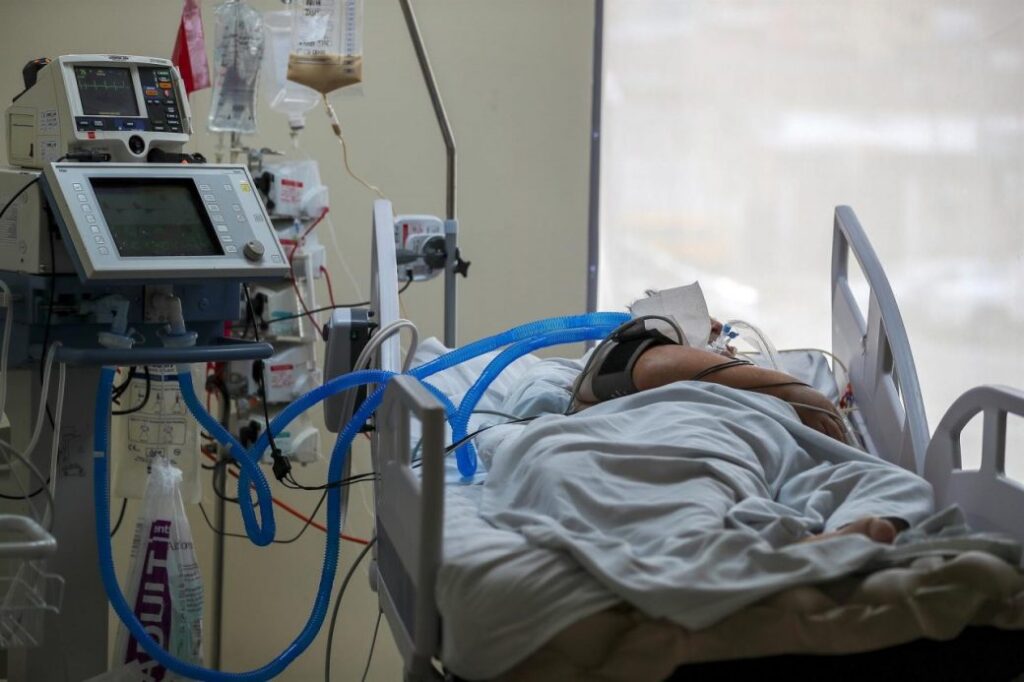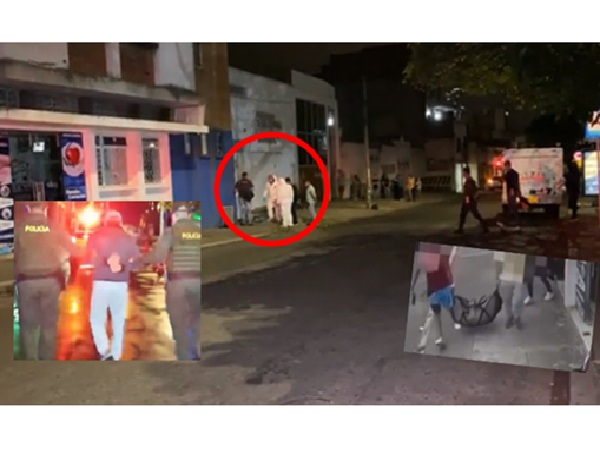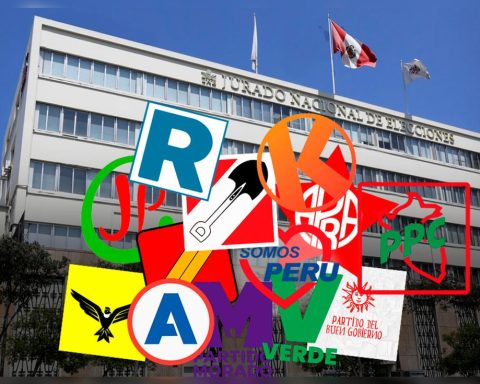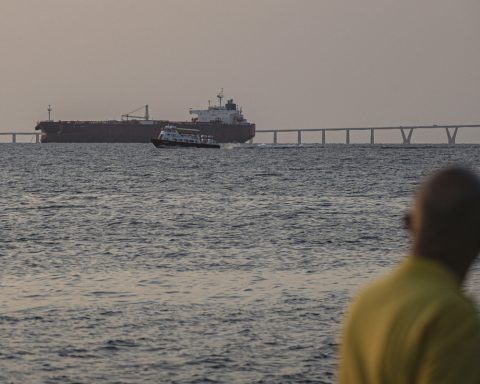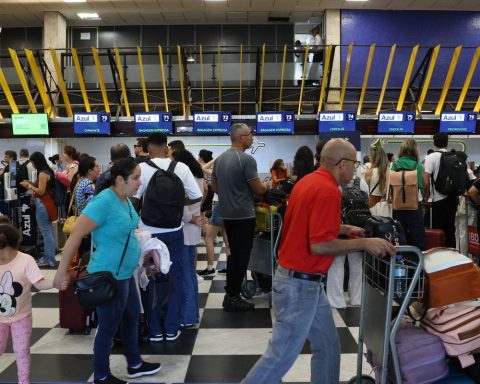Determining the quality of education in the Cuban system is a task full of pitfalls and endless assumptions by the inability to access verifiable macro data. So much secrecy provokes even more suspicion.
In the region of Latin America and the Caribbean, we assume that the countries with the best results in education are Chile –paradoxically, a showcase of the reviled neoliberalism–, followed by Uruguay, Costa Rica and Mexico, according to the list generated by the PISA tests (International Program for Student Assessment), which measures the applicability of the knowledge acquired in everyday life at the end of compulsory education. Cuba does not appear in the data, for a simple fact: does not participate in the measurements.
In 2013, the hard core of “21st century socialism”, Cuba, Bolivia and Venezuela, refused to participate in these evaluations. For the governments of these countries, education was considered a strong pillar of the social processes that they developed and they preferred that their “achievements” not be questioned.
Without access to government information and refused to provide data to international bodies, one wonders where the idea that Cuba is the reference of the best regional educational system comes from.
The UN itself has been in charge of showing the Cuban system as a paradigm, but if you read between the lines, the indicators highlighted by Unicef are not reliable proof of the quality of education
The UN itself has been in charge of showing the Cuban system as a paradigm, but if you read between the lines, the indicators highlighted by Unicef are not reliable proof of the quality of education.
When UNESCO speaks of Cuba’s high level of education, it refers to the free nature of the educational system, but the absence of a cost does not show that the Cuban system prepares the new generations well.
While in Latin American countries there is an average rate of five years for updating textbooks, in the Cuban case the texts, from Physics to Spanish and Literature, were changed for the last time between 1989 and 1990, with the only educational criteria. to eliminate Soviet propaganda and strengthen the unique socialist character of the Cuban revolution.
The indoctrination in texts from preschool to the last year of high school It is the only thing that has not changed in Cuba in the last three decades. This is corroborated by reviewing the digitized books of the Cuban Ministry of Education.
When the rigorous rule of poverty is applied to Latin American educational systems and the real impact that the lack of family resources has on the quality of education is understood, it is forgotten that Cuba went from being the 23rd largest economy in the world, in 1958, to compete with the misery indicators of Haiti from the 90s, with the fall of the USSR.
The measurements of Cuban civil society determine that 51% of the population currently lives in a situation of poverty, and rural and suburban areas show situations of extreme poverty. The monthly minimum wage is $19, based on the real value of that currency on the black market. The annual per capita income of Cubans is set at 300 dollars, a figure similar to that of the Republic of the Congo).
What can we say about the necessary nutrition that students should have to face classes in the mornings and to do homework in the afternoon?
In a country where the average family has such a low income and access to protein has been difficult since 1990, what can we say about the necessary food that students must have to face classes in the morning and do homework in the morning? late.
Although this reality is palpable in the classrooms, Unicef and the Food and Agriculture Organization of the United Nations (FAO) unquestioningly acknowledge the non-corroborating data from the Cuban Government of “non-existent child malnutrition” in Cuba. This type of approach generates more questions about the role of international bodies in the country.
Cuban teachers receive a salary that starts at 4,825 pesos per month (70 dollars). In order to sustain themselves in the midst of galloping inflation, teachers resort to extra revision and leveling jobs, which charge 100 pesos per session (less than a dollar and a half). Receiving extra tutoring classes is not an alternative for all students, so the economic capacity of the families will determine who has the greatest chance of achieving better grades and subsequently obtaining a career ladder that matches the desired university career. A sign that the “free” system for all is just a cover for the surreptitious social Darwinism of the system.
The idea that we have in Latin America about a medium quality education includes the use of the Internet and computer technologies. In Cuba this vision is limited to knowing the parts of the computer and the mediocre handling of the Office package. The social access internet was approved in the country in 2013 and its use as a resource for research and work in classes is a dream that has not yet come, in line with the State policy of maintaining education in the rigorous traditionalist system.
The layout of the classrooms, the forms of organization, the methodologies and the promotion of innovation are static and eminently theoretical; in practice, the changes in the last 40 years are hardly perceptible. Among the transformations that require meritorious mention is the implementation of educational inclusion policies, where students with special educational needs who were formerly assigned to special schools have been integrated. The first to be integrated into education with average students were children and adolescents from behavior schools, in which they were marginalized as juvenile delinquents until 2003, who were assigned to regular schools.
The layout of the classrooms, the forms of organization, the methodologies and the promotion of innovation are static and eminently theoretical; in practice, the changes in the last 40 years are hardly perceptible
Despite these changes, teacher training has had to face the mass attrition, the constant migratory crises and the demotivation due to the lack of economic incentives and the declining social recognition of teachers, seen as spokesmen for a totalitarian regime and responsible for decades of indoctrination.
Faced with this crisis, Fidel Castro opened the Emergent Training Schools for Teachers in 2000, which, as its name suggests, trained teachers in an accelerated manner. At first, a teacher had to be ready to go to the classroom in six months, then in a year. This palliative removed protagonism from the university training of pedagogues and extended the learning weaknesses of these adolescents-turned-teachers.
The direct intervention of the dictator in public policies for education generated the systematic destruction of the teaching management structure of schools. It reached the point of assuming that a secondary school teacher could teach Physics, Mathematics, Literature, Chemistry and Art under the assumption that if “Aristotle was able to teach various sciences to his disciples, the comprehensive general teachers (PGI) could also”. In the end, the PGIs were unable to provide in-depth knowledge of anything, although they had to talk about everything.
Twenty years after the “Emergent Training” disaster, Cuban education has 70% of teachers who are the result of poorly trained teachers at all levels of education in the country. When we pay attention to the academic and practical preparation of teachers, this should be an indicator when determining the quality of education provided in Cuba.
Putting the data of the Cuban reality into context should call for reflection on whether its educational model should really be the paradigm for Latin America. How many of us would be willing to guarantee free education with access for all at the expense of our individual freedoms? How many parents would choose an ideological education with explicit indoctrination? How many teachers would prefer a static, traditionalist educational model, which also has the lowest levels of remuneration in the Western Hemisphere? There are certain stories that are poorly told.
________________________
Collaborate with our work:
The team of 14ymedio is committed to doing serious journalism that reflects the reality of deep Cuba. Thank you for joining us on this long road. We invite you to continue supporting us, but this time becoming a member of our newspaper. Together we can continue transforming journalism in Cuba.
